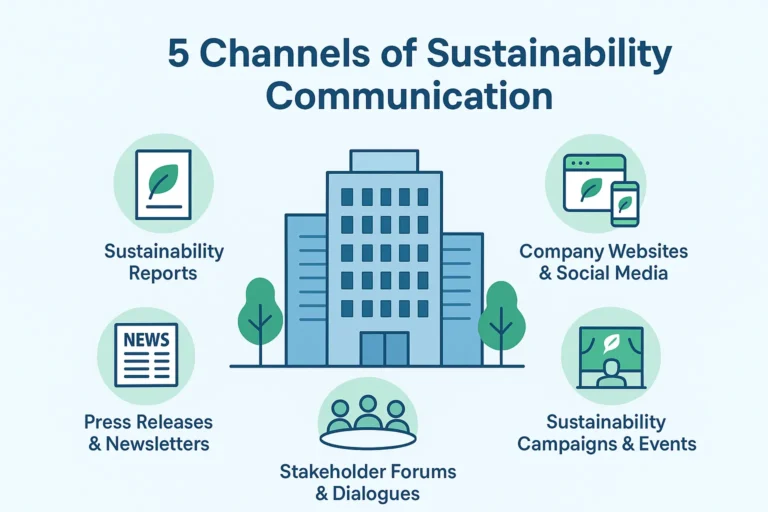- Phone: (031) 849 5566
- WA: +6282140060234
- Email: [email protected]
- Hours: Mon-Fri, 8am - 5pm
Creative Leadership Guide: Manage a Team Without Limiting Creativity
Creative leadership is the key to building a work culture that is both innovative and adaptable to change. This approach requires leaders to balance freedom of expression with accountability for results.

A creative leader must be able to keep up with regulatory developments, environmental changes, and the rapidly shifting dynamics of business. In today’s uncertain world, assuming that things will remain stable is a major mistake. Change can happen quickly and unexpectedly, much like turbulence that demands a high level of adaptability. Therefore, a leader with a creative leadership style must be sensitive to change and ready to continuously adjust the organization’s strategies and direction.
In managing a team, leaders often face challenges that arise from within themselves. These internal barriers can unconsciously limit their team’s creativity, even when the leader’s original intention was to maintain order and achieve optimal results. Below are ten common obstacles that leaders face, which directly impact their team’s ability to innovate and grow under creative leadership:
Creative leadership is hindered by an overly authoritarian style.
Leaders who insist on controlling every detail often leave little room for innovation. As a result, team members wait for instructions and hesitate to share new ideas. Such an environment nurtures compliance, not creativity.
Poor listening skills undermine creative leadership.
Leaders who talk more than they listen often miss valuable input from their teams. Fresh ideas frequently come from different perspectives at the operational level. Listening with empathy is key to fostering active participation.
Fear of losing control prevents leaders from granting autonomy.
Some leaders believe that giving freedom means losing authority. In fact, autonomy builds ownership and accountability. Without trust, teams operate mechanically and lose the drive to create.
Ego gets in the way of creative leadership.
Leaders who always need to be right struggle to accept differing opinions from subordinates. This defensive attitude creates a closed and fearful work environment. Over time, teams become passive and stop thinking critically.
Lack of a clear vision leaves the team directionless in their creativity.
Creativity needs guidance and purpose. When leaders fail to articulate the company’s vision clearly, new ideas may end up irrelevant to organizational goals. Consequently, innovation becomes ineffective and difficult to implement.
Inability to manage conflict stifles creative collaboration.
Conflict can be a valuable source of new ideas when managed wisely. However, leaders who avoid conflict often allow differences to turn into hidden tension. As relationships deteriorate, creativity is also suppressed.
Lack of appreciation for ideas and effort reduces creative motivation.
When ideas go unrecognized or ignored, team members feel undervalued. Recognition doesn’t have to be material. Acknowledgment and positive feedback are often enough to boost morale. Leaders who give thoughtful appreciation will inspire more and better ideas.
Limited reflection time makes leaders reactive instead of creative.
Leaders who are constantly caught up in operational tasks rarely have time to think clearly. As a result, decisions become short-term and lack innovation. Setting aside time for strategic reflection is essential for visionary creative leadership.
Resistance to change hinders organizational renewal.
Leaders who cling to old ways struggle to accept new approaches. This attitude discourages the team from proposing fresh ideas, fearing rejection. Adaptability is a core requirement for creative leadership to remain relevant in a fast-changing world.
Lack of role modeling in innovation drains team inspiration.
Creativity is not only taught, it’s demonstrated. When leaders take initiative, experiment with new ideas, and show openness to learning, their teams will follow. This example naturally builds an innovative culture within the organization.
Applying Creative Leadership Consistently
Being a leader in today’s world is not merely about directing a team to meet targets. It’s about creating a safe space where new ideas can thrive. Resilient leaders are those who can balance control with trust, and vision with freedom. This is the essence of true creative leadership.
When creativity is nurtured within a clear strategic direction, the outcome is not just innovation but sustainable transformation. Creative leadership builds not only productive teams but also organizations that are adaptive and future-ready.

Susan Sutedjo
Chief Executive Officer, Synergy Ultima Nobilus
Speaker & Strategic Management Practitioner





